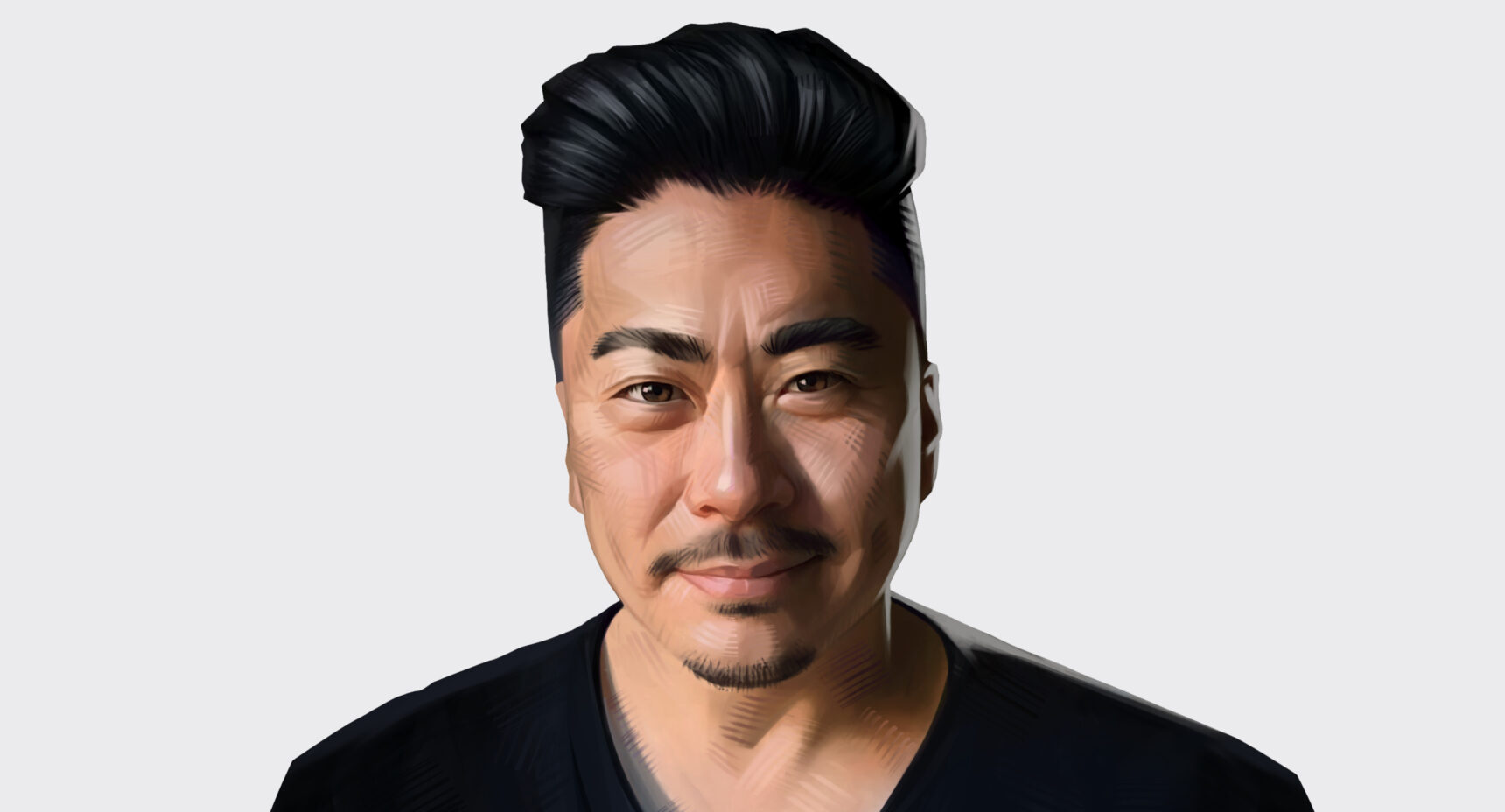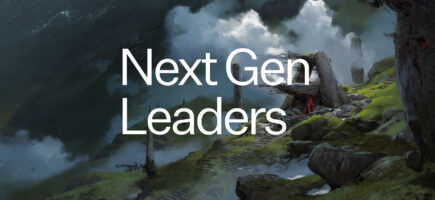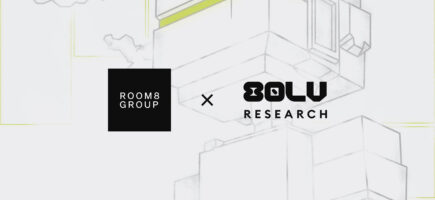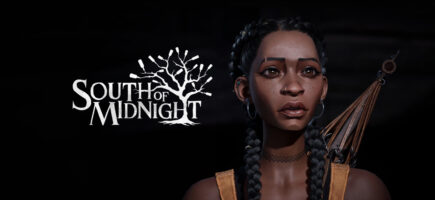“A Great Strategy is Only Valuable When Executed Effectively” – An Interview with Clément Lelong

The most popular articles
Embark on a captivating journey through the dynamic landscapes of the game industry together with Clément Lelong, Head of Art at Solid Bash (by Room 8 Group).
The Career Journey in Gaming
I started my “in gaming” journey at Mattel-Megabrands, a construction toy company, building branding and designing packaging for IPs such as Need For Speed, Skylanders, World of Warcraft, and Call of Duty. The actual gaming experience started at a Montreal-based mobile gaming studio. 2014 was a significant period for mobile gaming, a pivotal moment when the free-to-play business model was emerging and being defined. The shift from traditional paid games to free-to-play models necessitated rethinking the entire gaming ecosystem: the product, the audience, and the game design. Starting on a pitch team to support Business Development, I was quickly exposed to the basics of game design, game economy, user experience, and more. The perfect mobile gaming crash course!
After this, I served as the Art Director on Magic: The Gathering Puzzle Quest. Match-three games gained popularity then, and Puzzle Quest started partnering with prominent brands like Magic. Fast forward a couple of years later, I joined my friend and esteemed colleague Benjamin Paquette – current Head of Design at Solid Bash – at Nvizzio. Working on one of Atari’s iconic games, Roller Coaster Tycoon Touch, was an exciting experience for the gamer in me! Then came “Monopoly Tycoon” with Hasbro. Primarily in charge of marketing and UA creatives, my team and I proudly built the brand identity in and out of the game. After Nvizzio, my journey led me to Unity, where I delved deeper into user acquisition, particularly in monetization for casual and hyper casual mobile games. This was when I fully understood the value of creating with data and started working with the machine learning teams to develop analytic tools for creators.
Currently, at Solid Bash, as the Head of Art, I drive a Team of talented Artists for our games and pitches. My main goal is to support the growth of the Art Team – or A-Team as I call ourselves- regarding skills, vision, and cohesion. It’s essential to shift from merely operating as a group of individuals to functioning as a tightly integrated and unified team.
Strategic Showdown: Strategy vs. Tactics
One key lesson I’ve garnered from my previous experiences is the paramount importance of strategic thinking, complemented by excellence in tactics. A great strategy and a vision for the future are only valuable when executed effectively. A vision that is improper or lacks execution is useless. You need to communicate the vision effectively to the team, ensuring they understand it and know how to contribute to its realization.
I often use the analogy of a plane to illustrate this concept. A good strategy is like a plane flying at 10,000 or 20,000 feet, providing an excellent overall market vision and anticipating potential headwinds. The strategic vision provides direction and guidance to stay on course and to anticipate upcoming challenges. However, you also need the ground team to execute that vision. Without our dedicated and talented Artists, any strategy – no matter how relevant or sharp – would remain just an idea. While our incredible Art Director, Don Toledo, and I provide the vision and the support, the Artists make it real. In any project, turbulence is inevitable, and when faced with intense challenges, it’s crucial to the Team that I provide a sound distance to keep our eyes on the prize. That allows decisions to be made with long-term objectives in mind, not just the immediate issue at hand. This balance between a tactical focus on primary challenges and a strategic vision for the future is essential for successful Creative project management.
How a Data-Driven Approach Propels the Creative Process
My approach to creative challenges has evolved alongside the growing availability of data. When I entered advertising in the mid-2000s, data was scarce, and we experimented with methods like hidden trackers in banners, given the prevalence of banner ads online (believe it or not, video streaming was not an easy feat back then). We focused on basic information, like understanding where users came from when clicking on an ad.
Fast-forward to today, especially in mobile gaming, where data abundance is crucial for user acquisition. I’ve developed a comprehensive vision integrating technology, automation, creation, and data throughout my work. That brings me to leverage data for creative decisions effectively.
Previously, creative decisions were guided by personal experiences and industry standards. With abundant data, we can analyze what works best for game genres and then make informed decisions on Design, Art, etc. But it is still crucial to maintain a balance. While data is a valuable voice in the decision-making process, it shouldn’t override the other expertise, intuition, and creative sense in the room. I always say that we need to be data-driven, not data-obsessed.
Take App Store Optimization, for instance. You conduct A/B testing on different app icons to make data-driven decisions and impact your CVR (along with the copy, the trailer, etc). When working on Atari’s Citytopia (a builder game), I noticed the prevalence of blue in builder games’ app icons. Noting top-performing games predominantly featured the blue category, I was faced with a decision: either conform to the data-driven preference for blue, aligning with the builder genre’s dominant identity or stand out as the sole orange icon amid a sea of blue. We went for the latter, and the new App Icon performed 25% better than the previous one!
This decision-making process extends to various visual styles: follow the majority or deviate and make a unique statement.
Hidden Gems of Creativity: Drawing Inspiration from the Unexpected
Since joining Solid Bash, the most significant change has not been the influence on the game’s visual aesthetic but instead building a more robust creative routine and enhancing the impact of the A-Team on our projects.
Inspiration and references are crucial to our line of work. Many of our artists operate within a somewhat closed loop. They have a specific comfortable style or technique, which they tend to stick to. While expertise is valuable, it’s essential to feed our creative minds with new material constantly. It’s not just about looking at your work from a few years ago; it’s about exploring new content, watching movies, attending exhibitions, reading magazines, listening to podcasts, etc. Essentially, we diversify our sources of information so we grow our potential for inspiration.
For instance, while working at On Animation Studio on Playmobil: The Movie, we had to work on a 3D trailer/ad for one of the movie’s key partners, Porsche. It was decided it should happen during the famous “Golden Hour.” It was enlightening to collaborate with the Head of Lighting, doing thorough research for references in movies, photographers’ work, or National Geographics reportages. This exploration allowed us to develop our representation of this famous time of the day, bringing it closer to the visual identity of the movie. By encouraging research and creativity, we aim to avoid clichés and infuse a project with a fresh perspective. It is essential to understand that the artists’ role is not always about radical disruption and constant invention; it’s about evolving what they already know and contributing to a project with a 5% to 10% touch of novelty.
Consider a game like Monument Valley, often used as an example due to its disruptive artistic nature. It is a puzzle game, but the atmosphere is notably distinct from other puzzle games of that time. Its creators focused on the uniqueness of the experience – visual and audio. Achieving this uniqueness goes beyond being inspired; it involves a deliberate vision. I’ve had the chance to meet and converse with the creators. The original vision stemmed from M. C. Escher, an illustrator renowned for crafting impossible architectures, such as the never-ending staircase. If you appreciate artists like Escher, you’d understand that Monument Valley drew about 20% inspiration from something distinct. And if you liked puzzle games in 2014, you would have never thought of Escher’s work for a game!
The Essential Traits that Define a Successful Team
My primary focus at Solid Bash is ensuring the team’s comprehensive skills, vision, and cohesiveness growth. I emphasize the notion of a Team to create a cohesive and collaborative environment. A Team is not simply a group of specialists working on the same project; it is building actual trust, the primordial condition for efficient exchange of ideas.
Building a successful team involves two interconnected elements: trust and the acknowledgment that time is a factor beyond immediate control. Trust is not something you can demand or give; instead, it’s collaboratively built over time. The complexity of team-building arises because time is a non-negotiable parameter, and trust requires a different timeline for each and every one of us.
Compared to efficiently managing a group, where you have control over various factors, team-building requires accepting that time cannot be accelerated. I often draw parallels to my experience as a rugby player, emphasizing the team dynamics. You’ll eventually be tackled no matter how fast an individual is on a rugby field when facing 15 opponents. At that moment, you depend on your team’s support and absolute trust and confidence that they will be here for you, as they know you will be for them. This teamwork is what I aim to instill—mutual care and support to grow together.
Key Takeaways:
- Balance Strategy and Tactics: Success in creative projects requires a balance between strategic vision and tactical focus on immediate challenges for effective project management.
- Data-Informed Creativity: It’s important to integrate data with creativity, showcasing how data-driven decisions, when balanced with intuition, can lead to successful outcomes.
- Artist’s Role in Evolution: The artist’s role isn’t just about radical disruption, but rather evolving existing knowledge and contributing a 5% to 10% touch of novelty to projects is essential for creative success.
- Diverse Inspiration Matters: Constantly seeking new inspiration from various sources is crucial to avoid creative stagnation.
- Trust and Time in Team Building: Building a successful team involves fostering trust over time, emphasizing the collaborative nature of team dynamics, similar to the mutual support required in sports like rugby.
If the interview resonated with you, we’re ready to turn your ideas into a game masterpiece. Get in touch and let’s embark on the journey of crafting a great game together!




